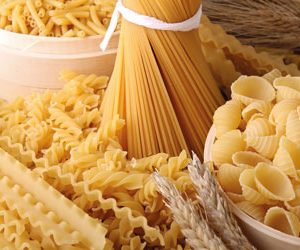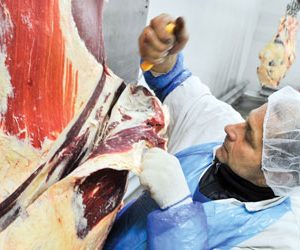Issue #2 2015 – Digital edition
29 April 2015 | By
In this issue: Allergen Control, Metabolomics, Healthy Snacks supplement, Extrusion, Gluten Free, Refridgeration, Meat Processing, Fats & Oils, Processing & Sensor Technology, Food Safety, Packaging, Beverage Processing and much more...


































